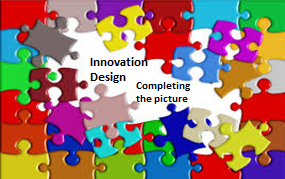 Jeffrey Phillips of Ovo Innovation and I wrote a White Paper, we called our foundation document, on “Accelerating or inhibiting innovation – understand your role for innovation success”. You can read the full paper here
Jeffrey Phillips of Ovo Innovation and I wrote a White Paper, we called our foundation document, on “Accelerating or inhibiting innovation – understand your role for innovation success”. You can read the full paper here
We strongly believe there is a real Innovation leadership gap
My last article “Developing talent to drive innovation” was questioning the spending of new funds on developing talent for innovation, unless the organization and its leadership is not clear on what it is specifically looking for, or how it is prepared to back their words with specific actions beyond ‘just’ new funding levels, then this might not be money well spent.
Continue reading “The role senior executives must fill for innovation success”





